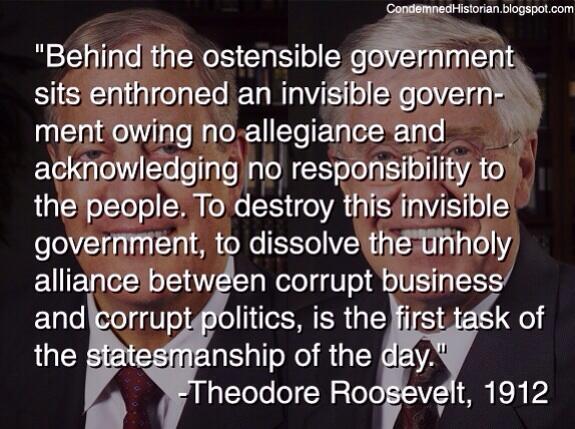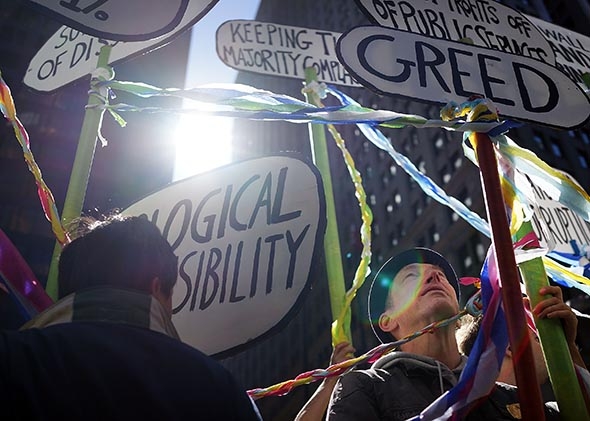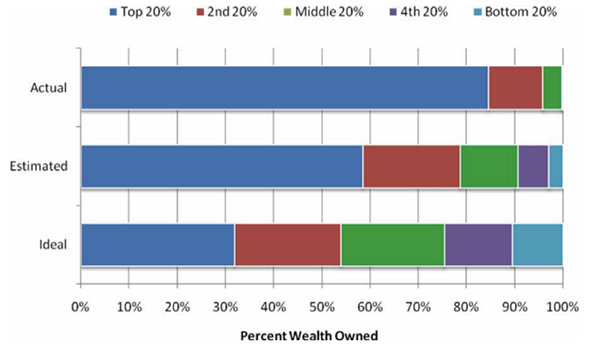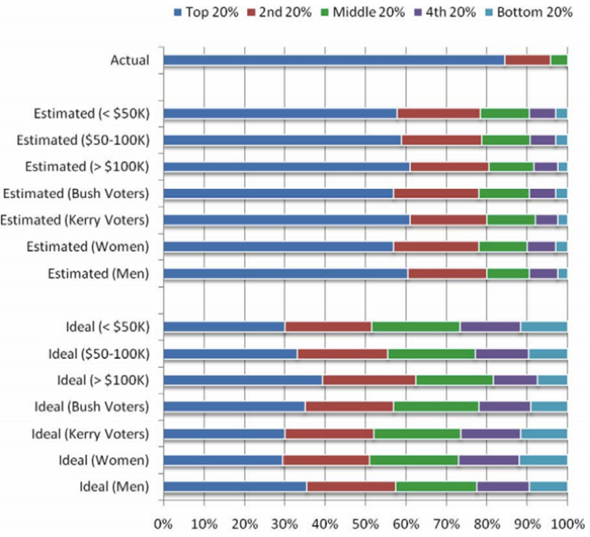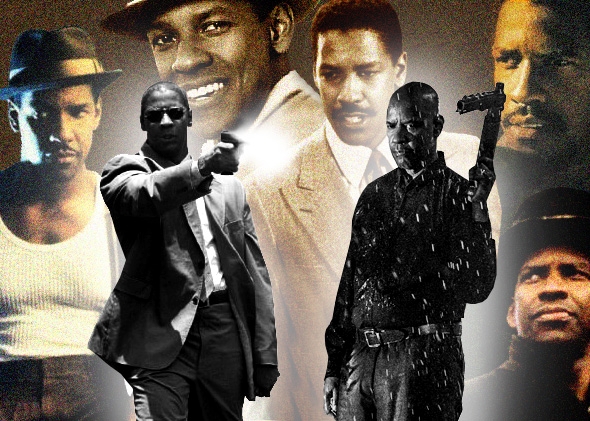
Introspection time for evangelicals
Michael Gerson, September 25, 2014
Christian conservatives are often the subject of study by academics, who seem to find their culture as foreign as that of Borneo tribesmen. And this is a particularly interesting time for brave social scientists to put on their pith helmets and head to Wheaton, Ill., Colorado Springs or unexplored regions of the South. They will find a community under external and internal cultural stress.
It is fair to say that some cultural views traditionally held by evangelicals are in retreat. Whatever the (likely dim) future of political libertarianism, moral libertarianism has been on the rise. This is perhaps the natural outworking of an enlightenment political philosophy that puts individual rights at its center. Supreme Court Justice Anthony Kennedy described this view as the “right to define one’s own concept of existence.”
It was not, as far as I can tell, really the spirit of any age. But many evangelicals believe it was, subscribing to the myth of a lost American Eden. There has certainly been a cultural shift in the United States on religion and public life. But it has largely been from congenial contradiction to less-sympathetic contradiction. There is more criticism of the (thin) veneer of Protestant spirituality in public places. There is also a growing belief that individual rights need to be protected, not only from the state but also from religious institutions that don’t share public values. In the extreme case, this means that nuns who don’t want to participate in the provision of contraceptives are interfering with conceptual self-definition.Whatever else traditional religious views may entail, they involve a belief that existence comes pre-defined. Purpose is discovered, not exerted. And scripture and institutions — a community of believers extended back in time — are essential to that discovery. This is not, to put it mildly, the spirit of the age.
The reaction of evangelicals to these trends can (and does) vary widely. They can accommodate to the prevailing culture, as many evangelicals have already done on issues such as contraception, divorce and the role of women (without talking much about it). Or they can try to fight for their political and cultural place at the table, as other interest groups do.
A recent study, “Sowing the Seeds of Discord,” by a group of scholars associated with the Public Religion Research Institute, describes a mix of reactions. There is some evidence that younger evangelicals are more socially accepting of social “outgroups,” including gays and lesbians. A higher proportion of evangelical millennials (more than 40 percent) support gay marriage than do evangelicals overall. But there is no evidence this shift is changing political allegiances. White evangelicals remain reliably and monolithically Republican.
My interpretation: Even as some evangelical cultural views change along with broader norms, the Democratic Party is still viewed as a hostile instrument of secularization — a perception reinforced by the health-care mandates of the Obama era.
But the most interesting finding of the study concerns where disaffection with conservative politics is developing among evangelicals. On a number of questions — Should “under God” be removed from the Pledge of Allegiance? Does religion solve more social problems than it creates? — evangelical millennials expressed more negative views on the social role of religion according to an unexpected pattern. Those who lack friends and ties outside evangelicalism are more critical of traditional evangelical views. “Millennials,” according to the study, “react more negatively and see less value in religious socialization when they have more homogenous networks .” The authors believe this small but significant shift represents a rejection of “the embattled, political subculture of their parents.”
My interpretation: A desperate, angry, apocalyptic tone of social engagement alienates many people, including some of the children of those who practice it.
Conservative evangelicals, like other religious people before them, are responding to a culture that does not always share their values. But a purely reactive model of politics is not attractive, even internally. And the problem is not only strategic but theological. A Christian vision of social engagement that is defined by resentment for lost social position and a scramble for group advantage is not particularly Christian.
There is an alternative: A commitment to civility, rooted in respect for universal human dignity. A passion for the common good, defined by inclusion of the most vulnerable. A belief in institutional religious freedom and pluralism for the benefit of everyone, including non-Christian faiths.
This type of religious engagement will not always prevail, but it would, at least, be distinctly religious.
Read more from Michael Gerson’s archive












